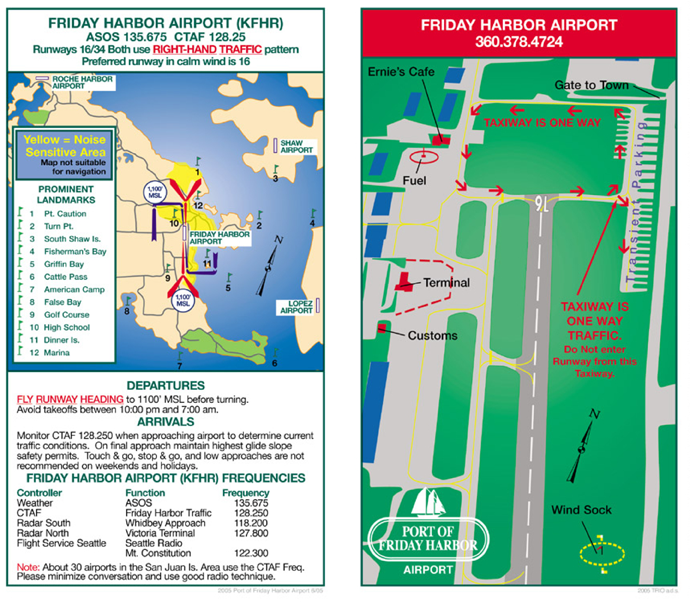dtuuri
Final Approach
It's depicted that way? It doesn't make sense to me either, which is the first thing I noticed when I opened the chapter.Why are the two base legs connected?
Think about it like this:
- Left-hand traffic is not to be depicted with pattern indicators at all.
- Right-hand traffic on each end of the same runway would serve no purpose, since the pattern would overfly the very same tracks on each side of the airport as a left-hand pattern, just going in the opposite direction. The hazard(s) would not be avoided.
- Consequently, only runways with a left-hand pattern on one end and a right-hand pattern for the other would accomplish a purpose and need traffic pattern indicators. In that case, the direction pointers apply to both landing and departing turns and are connected in a rectangular way.



